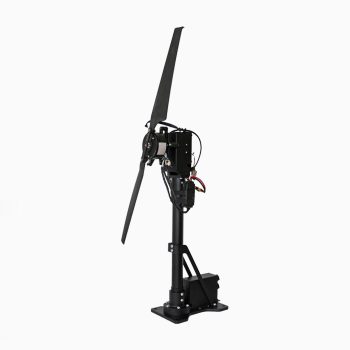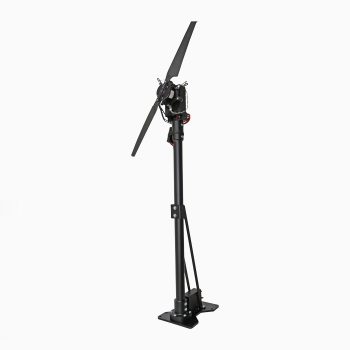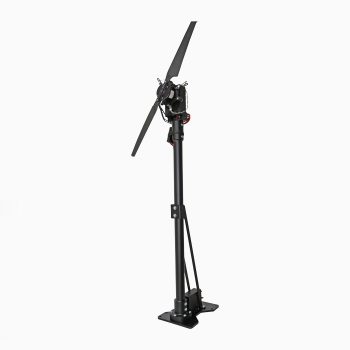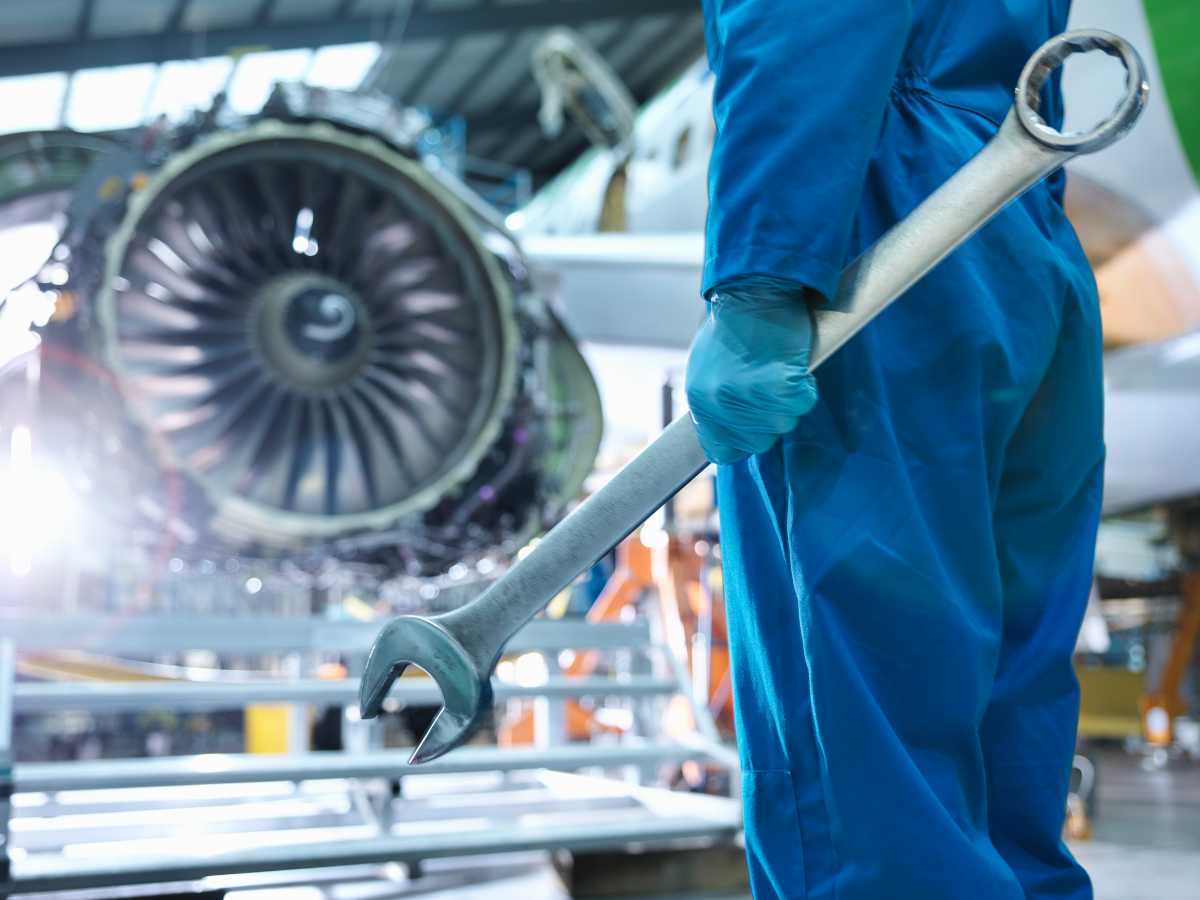What does propulsion system do?
A propulsion system is responsible for generating the force required to move an aircraft forward. The propulsion system consists of the engine, which produces the thrust, and other components that help to deliver that thrust to the aircraft. The engine takes in air or a mixture of air and fuel, ignites the fuel, and expels the exhaust gases out of the back of the engine at a high velocity, creating forward thrust. This forward thrust propels the aircraft forward, overcoming the forces of drag and gravity, allowing it to take off, climb, cruise, and descend. The propulsion system is critical to the performance and safety of an aircraft, and proper maintenance and operation of the system is essential for safe and reliable flight.
YOU MAY BE INTERESTED IN: What is Propulsion System in Aviation?
How Are Thrust and Power Generated in a Propulsion System?
Thrust and power are generated in a propulsion system through a combination of air intake, combustion, and exhaust.
YOU MAY BE INTERESTED IN: What are the Key Components of a Propulsion System and What are Their Functions?
Thrust is the force that propels an aircraft forward, and it is generated by the propulsion system through the principle of Newton’s Third Law of Motion, which states that for every action, there is an equal and opposite reaction. The engine takes in air or a mixture of air and fuel, and then ignites the fuel, causing a rapid expansion of the exhaust gases out the back of the engine at a high velocity. This rapid expulsion of exhaust gases creates a rearward force, or thrust, that propels the aircraft forward.
Power is the rate at which work is done, and it is generated in a propulsion system by the engine. The engine takes in air or air and fuel, and then burns the fuel to release heat energy. This heat energy is converted into mechanical energy, which is used to drive the compressor and turbine blades in the engine, generating the thrust required to move the aircraft forward. The mechanical energy is also used to drive other systems in the aircraft, such as the electrical generator and hydraulic pumps, which provide power for the aircraft’s other systems.
The amount of thrust and power generated by a propulsion system depends on several factors, including the design of the engine, the type of fuel used, the altitude and air density of the environment in which the engine is operating, and the temperature of the air entering the engine. The efficiency of the engine, which is the ratio of the useful work output to the energy input, also affects the amount of thrust and power generated.
YOU MAY BE INTERESTED IN:What are the Different Types of Propulsion Systems Used in Aviation?
The Role of Propulsion System in Flight Operations
The propulsion system plays a critical role in flight operations. It is responsible for generating the necessary thrust to overcome drag and gravity and propel the aircraft through the air. The performance of the propulsion system affects the speed, altitude, range, and fuel efficiency of the aircraft, as well as its ability to take off, climb, cruise, and land safely.
During takeoff, the propulsion system must produce sufficient thrust to overcome the weight of the aircraft and accelerate it to takeoff speed. During climb, the propulsion system must continue to generate enough thrust to maintain a safe and efficient rate of climb, while also taking into account factors such as altitude, temperature, and air density. During cruise, the propulsion system must maintain a constant speed and altitude while using fuel efficiently to maximize the range of the aircraft. During descent, the propulsion system must reduce thrust to maintain a safe and controlled descent rate, while also managing the rate of descent to avoid excessive airspeed.
The performance and reliability of the propulsion system are critical to the safety and success of flight operations. Regular maintenance and inspection of the system are required to ensure that it is functioning properly and operating within safe limits. Pilots must also be trained to operate the propulsion system properly, including monitoring engine parameters, responding to abnormal conditions, and following appropriate procedures in the event of an engine failure or emergency.
How Are Motor Parameters Controlled and Monitored in a Propulsion System?
The motor parameters in a propulsion system, such as speed, temperature, pressure, and fuel flow, are controlled and monitored using various sensors and control systems.
Speed control is typically achieved using a governor system, which uses feedback from speed sensors to adjust the fuel flow to the engine to maintain a constant speed. The governor system is designed to maintain the desired engine speed under various operating conditions, such as changes in load or altitude.
Temperature control is critical to the proper operation of the engine, as high temperatures can cause damage to the engine components. Temperature sensors are located throughout the engine and are used to monitor the temperature of various components, such as the combustion chamber, turbine blades, and exhaust gases. The temperature sensors provide feedback to the engine control system, which adjusts fuel flow and other parameters to maintain safe operating temperatures.
Pressure control is important for ensuring that the engine operates within safe limits. Pressure sensors are located throughout the engine and are used to monitor the pressure of the air and fuel in various parts of the engine. The pressure sensors provide feedback to the engine control system, which adjusts fuel flow and other parameters to maintain safe pressure levels.
Fuel flow is controlled by the engine’s fuel control system, which regulates the flow of fuel to the engine based on various inputs, such as throttle position, altitude, and temperature. Fuel flow is also monitored using fuel flow sensors, which provide feedback to the engine control system to ensure that the engine is receiving the correct amount of fuel.
In addition to these sensors and control systems, the engine control system may also include built-in diagnostic tools and self-monitoring capabilities to detect and diagnose potential problems with the engine parameters. Regular maintenance and inspection of the engine and its components are also important for ensuring that the motor parameters are properly controlled and monitored.





